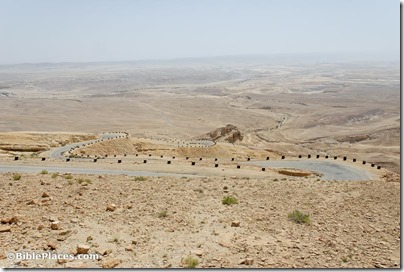Carl Rasmussen reports that the Classical Archaeology section of the Istanbul Archaeology Museum has reopened after a long closure, though the all-important upper floor is still not open. On his visit he discovered the “Assos Tablet” that he’s long been looking for.
Babylonian cuneiform texts are shedding light on the life of the ancient Judeans who were living in exile in Babylon.
Emlyn Dodd shares the ancient Egyptian recipe that he used for making olive oil.
A British tourist was given a 15-year jail sentence in an Iraqi prison after picking up a few potsherds as souvenirs.
“New York prosecutors have seized five Egyptian [antiquities] from the Metropolitan Museum of Art as part of an international trafficking investigation involving the former head of Paris’s Louvre Museum.”
Hybrid workshop on July 1: Performing Tutankhamun: One Hundred Years of Retellings
Turkish Archaeological News has a roundup of stories from the month of May.
Clyde Billington is on The Book and the Spade to discuss Jewish perspectives on the exodus, including recent research by Lawrence Schiffman and Joshua Berman.
Accordance Bible Software is offering their best deals ever on graphics collections, including our Cultural Images of the Holy Land and Trees, Plants, and Flowers of the Holy Land. I would also recommend The Virtual Bible: 3D Reconstructions of the Biblical World ($20) and the bundle of five resources (including tabernacle and temple) from Rose Publishing ($40). See all the discounts here.
HT: Agade, Joseph Lauer, Arne Halbakken, Explorator
